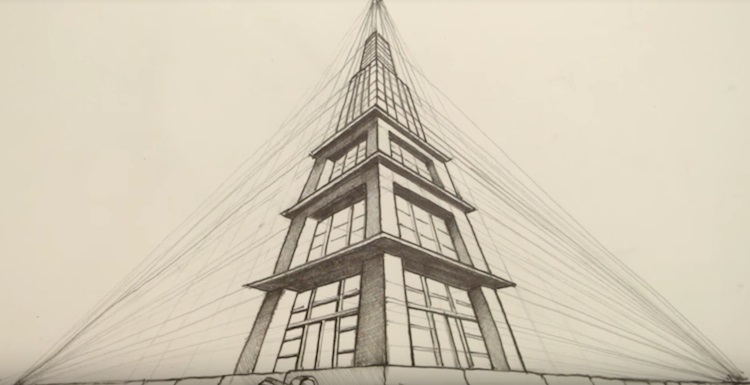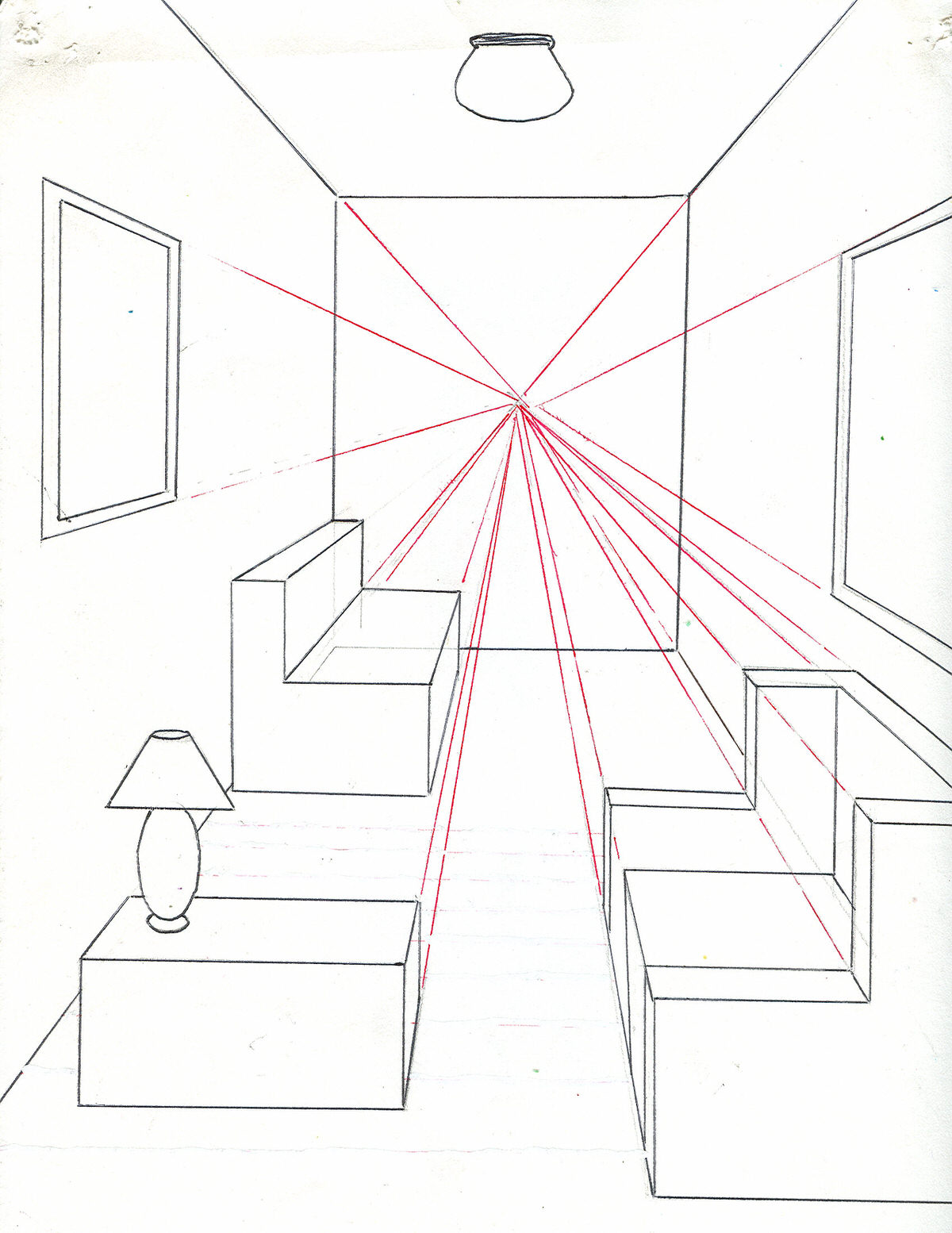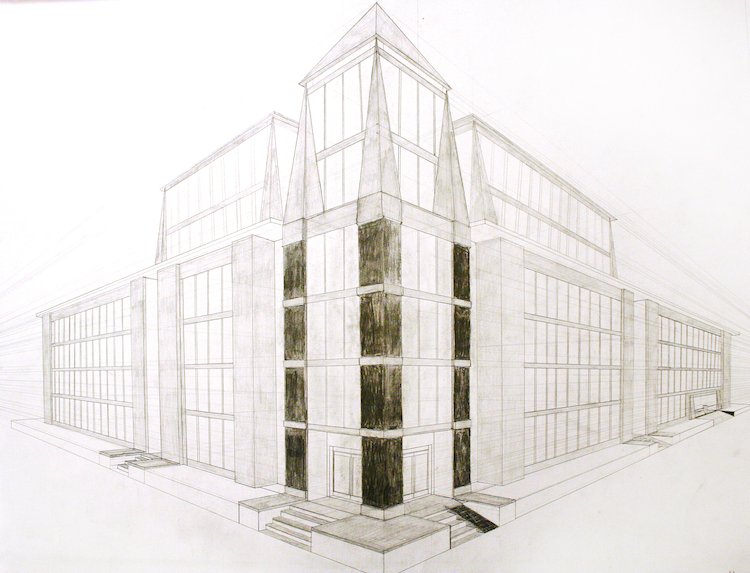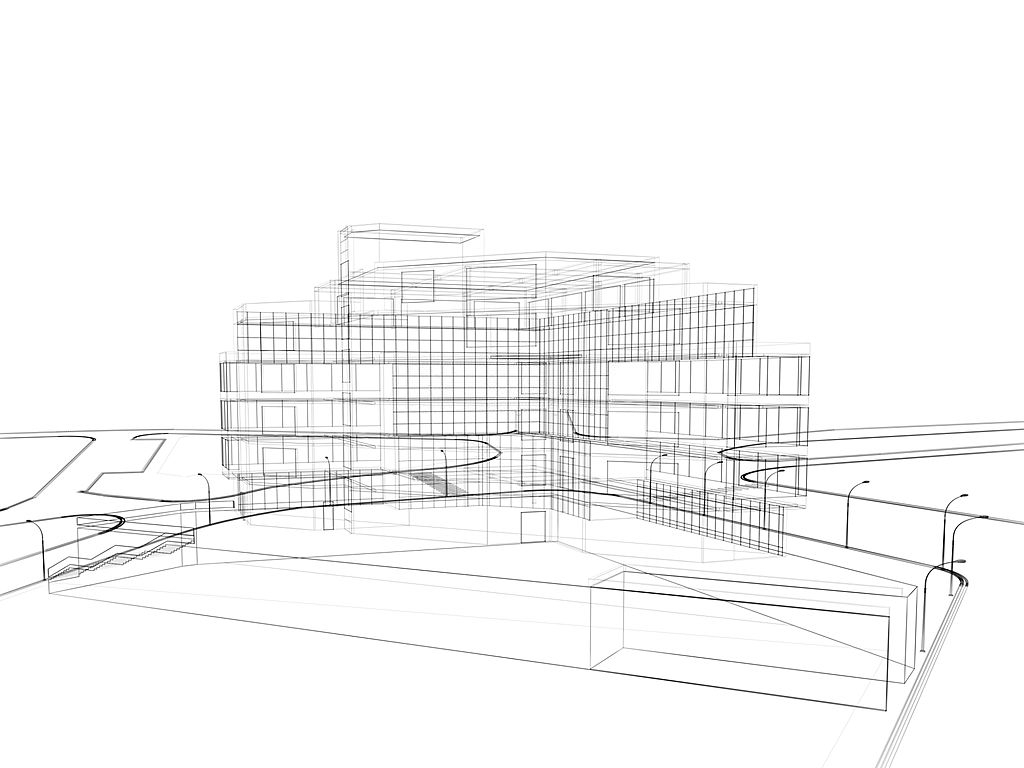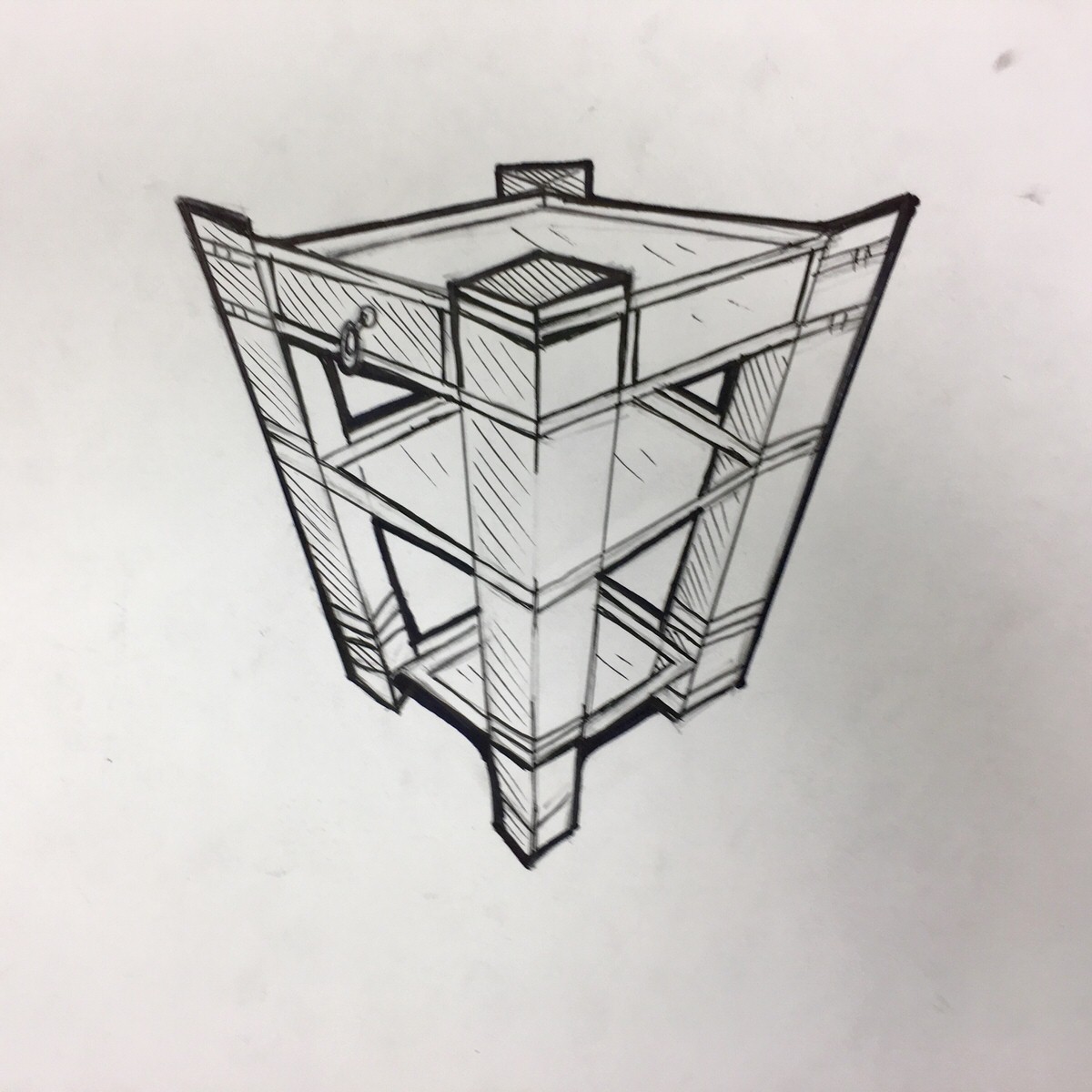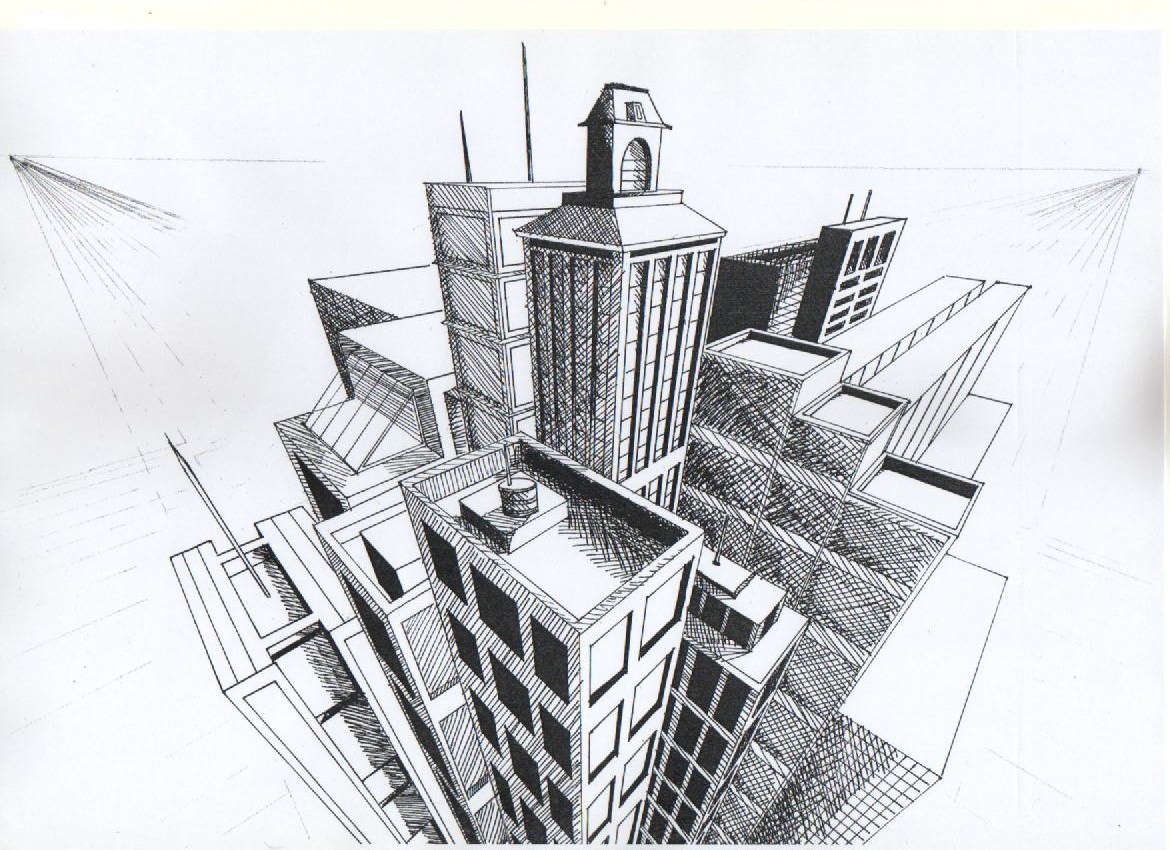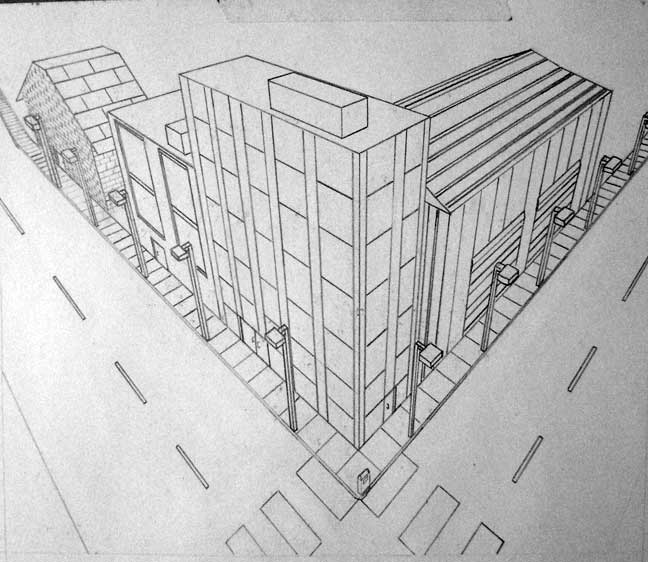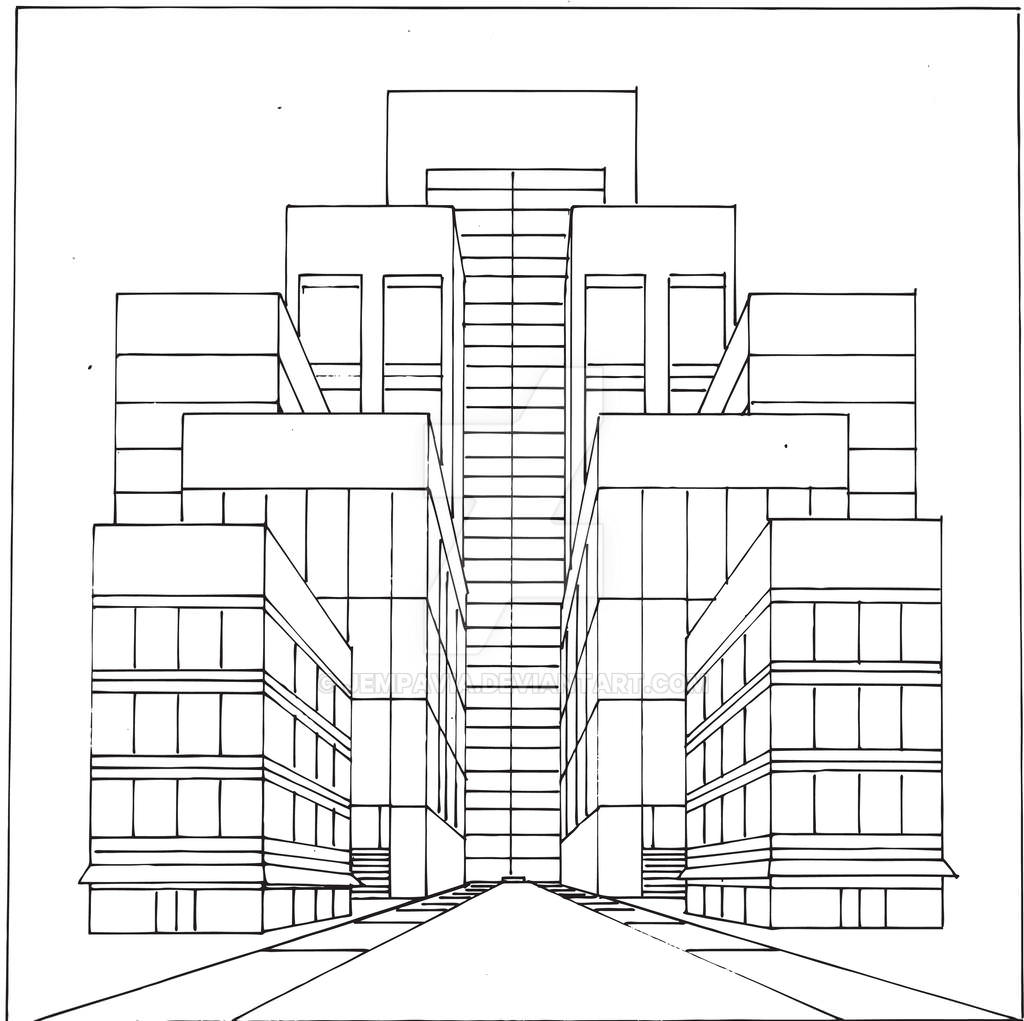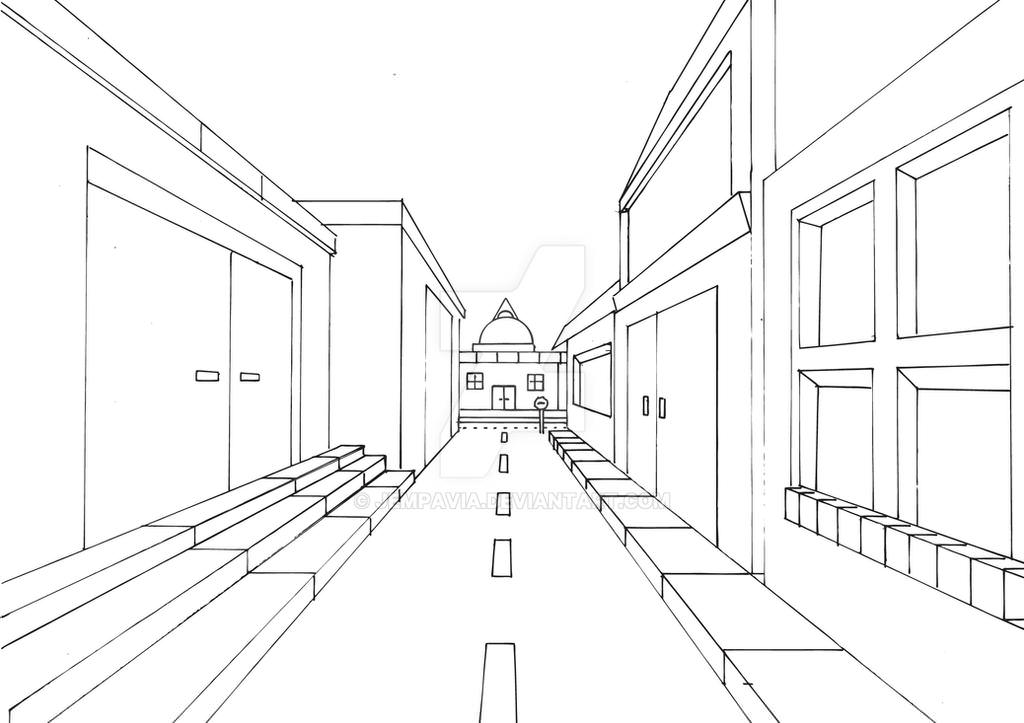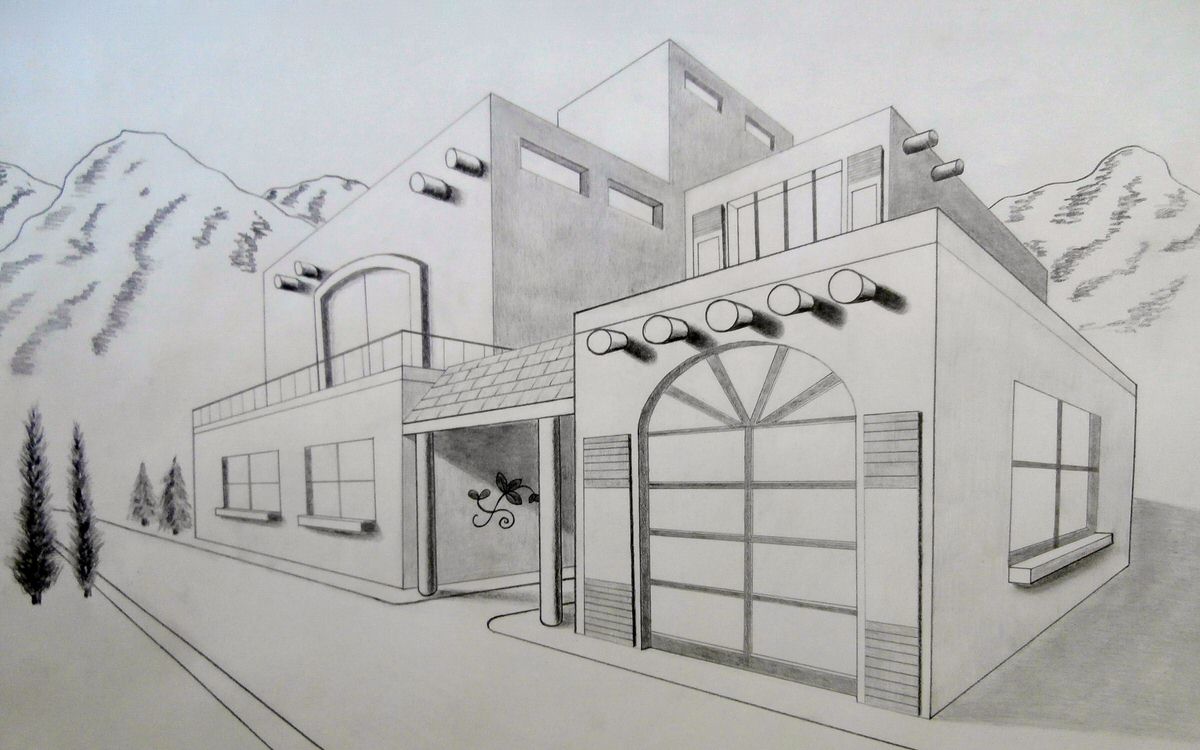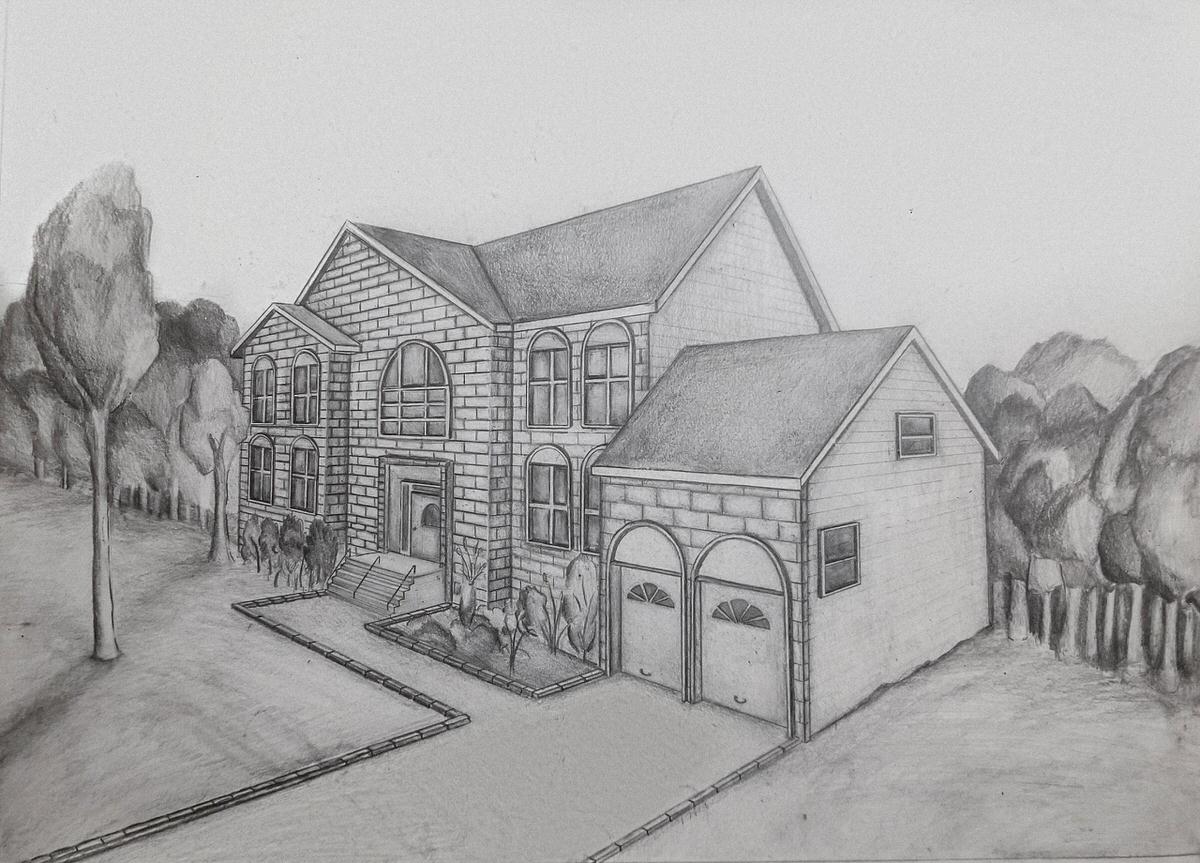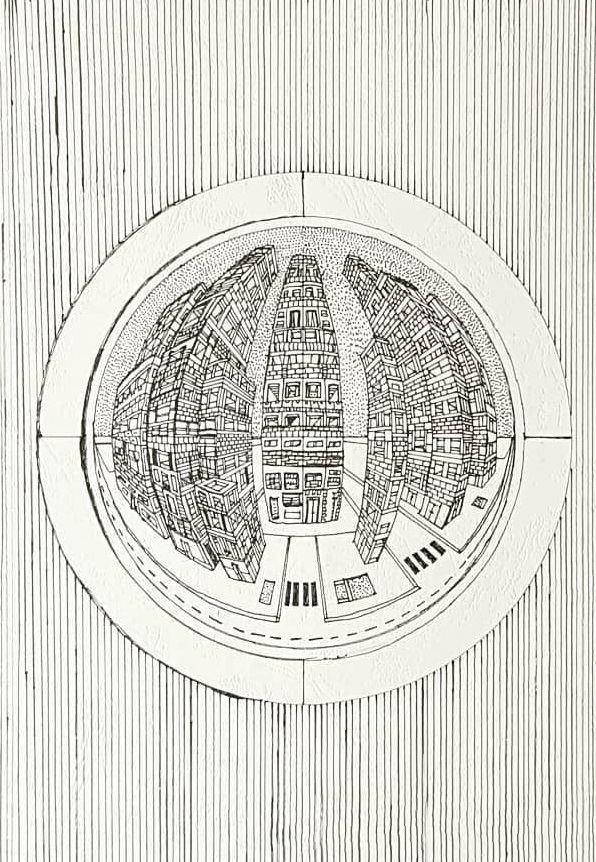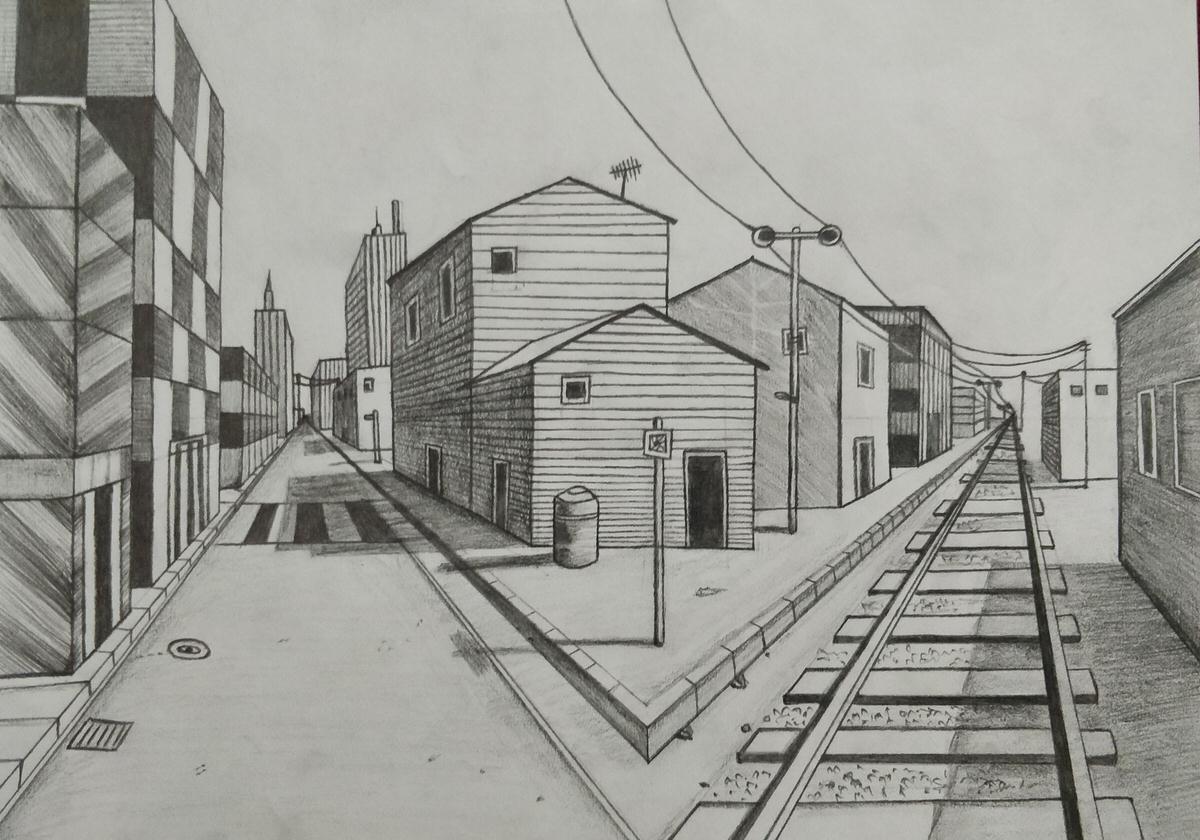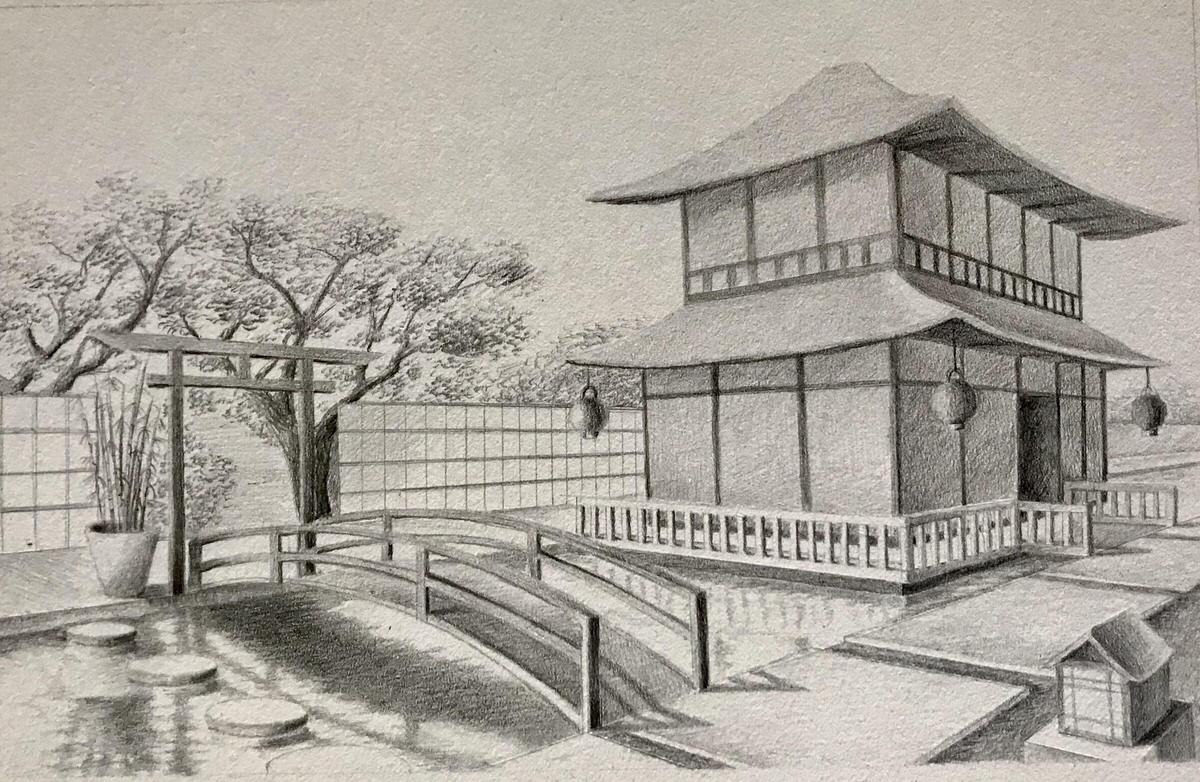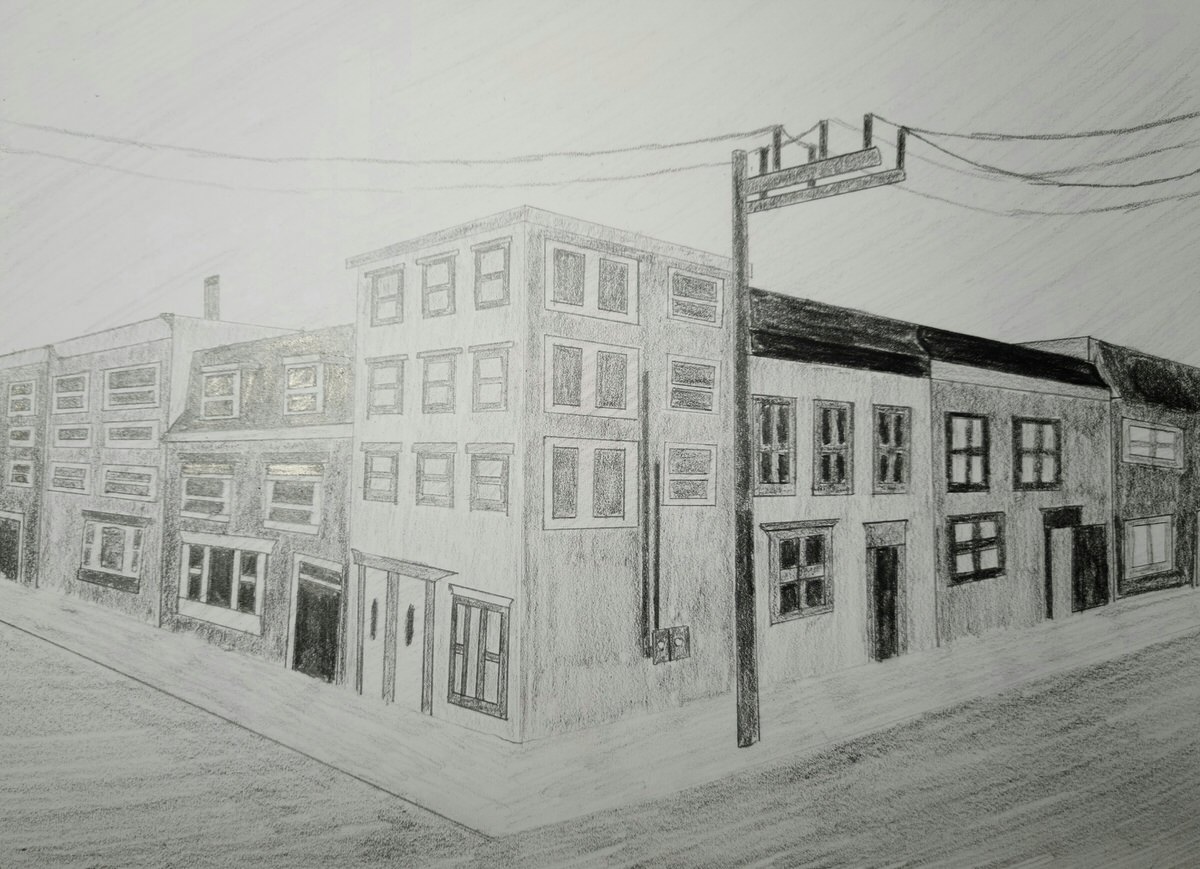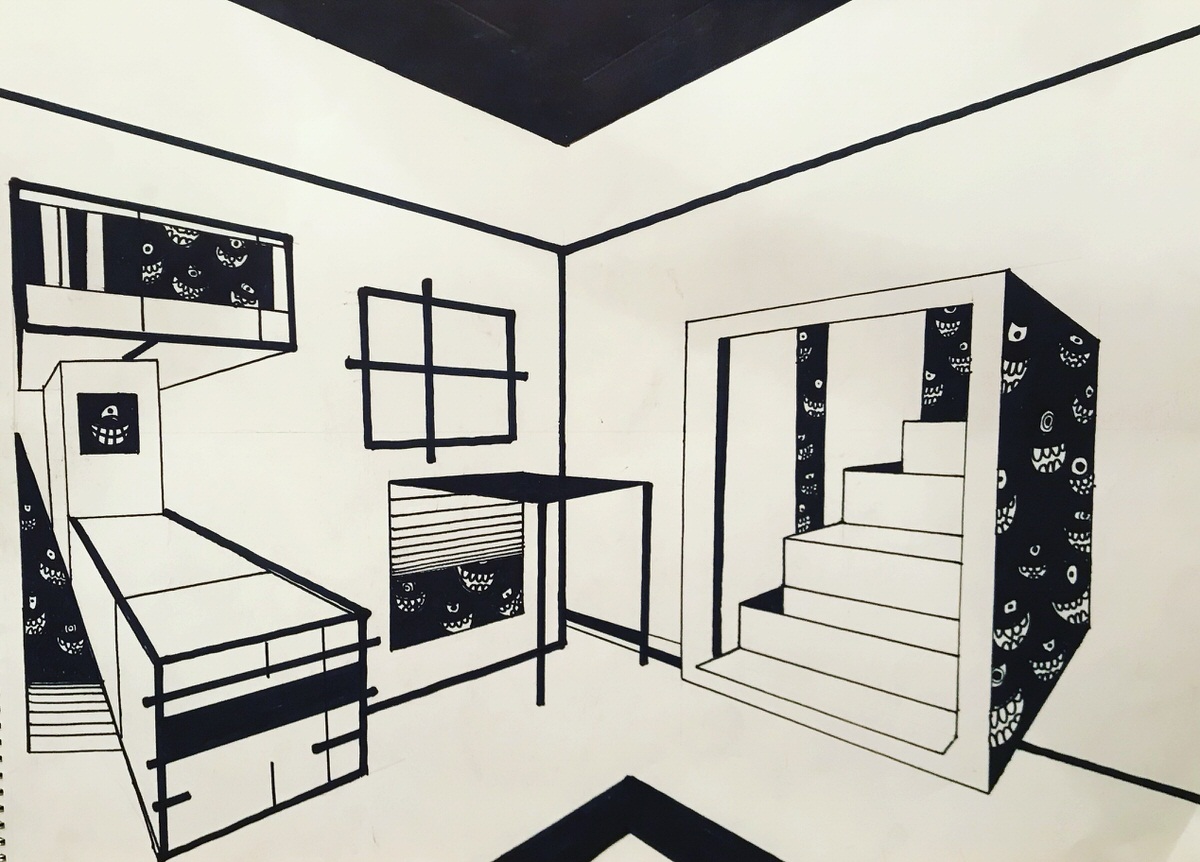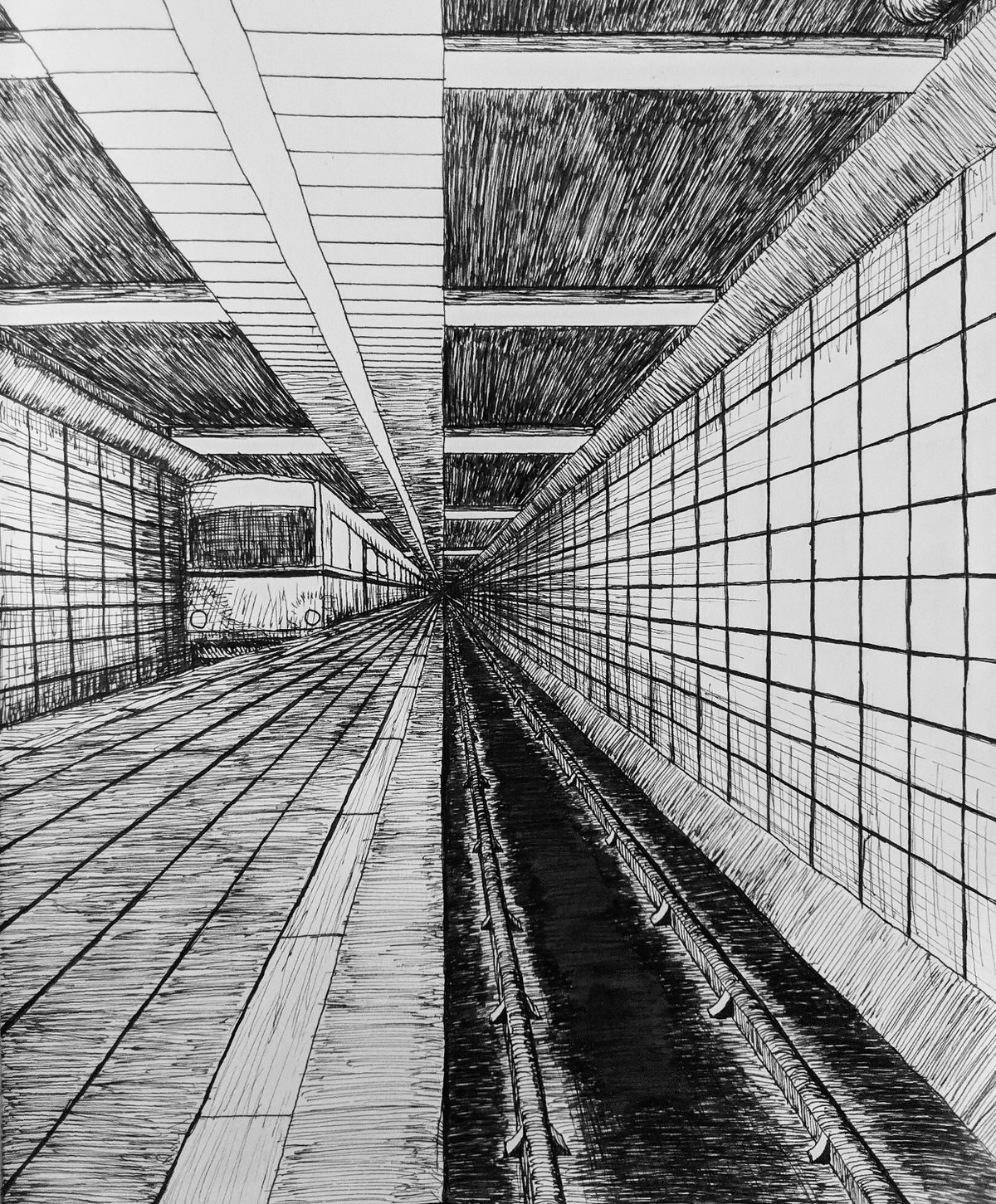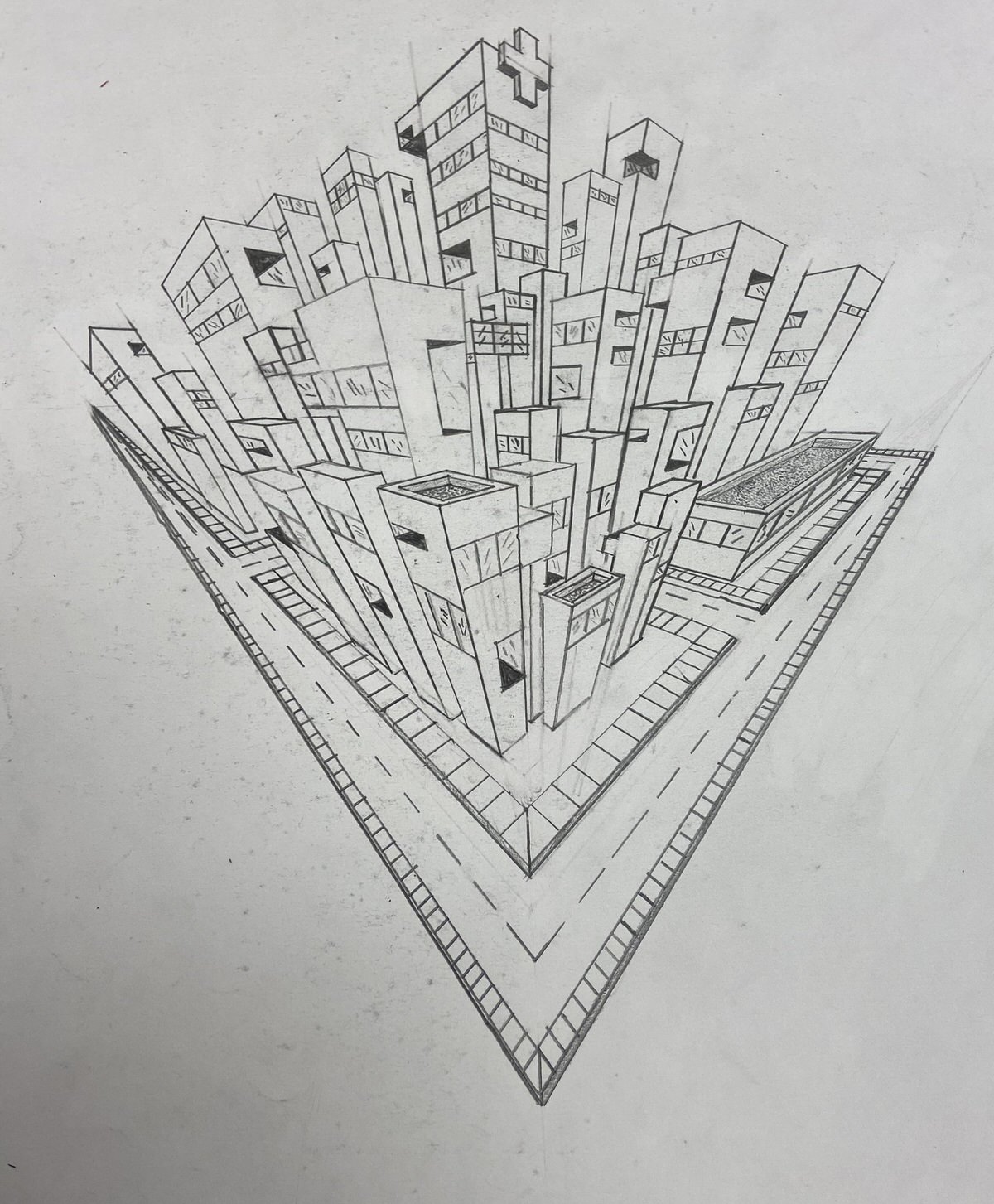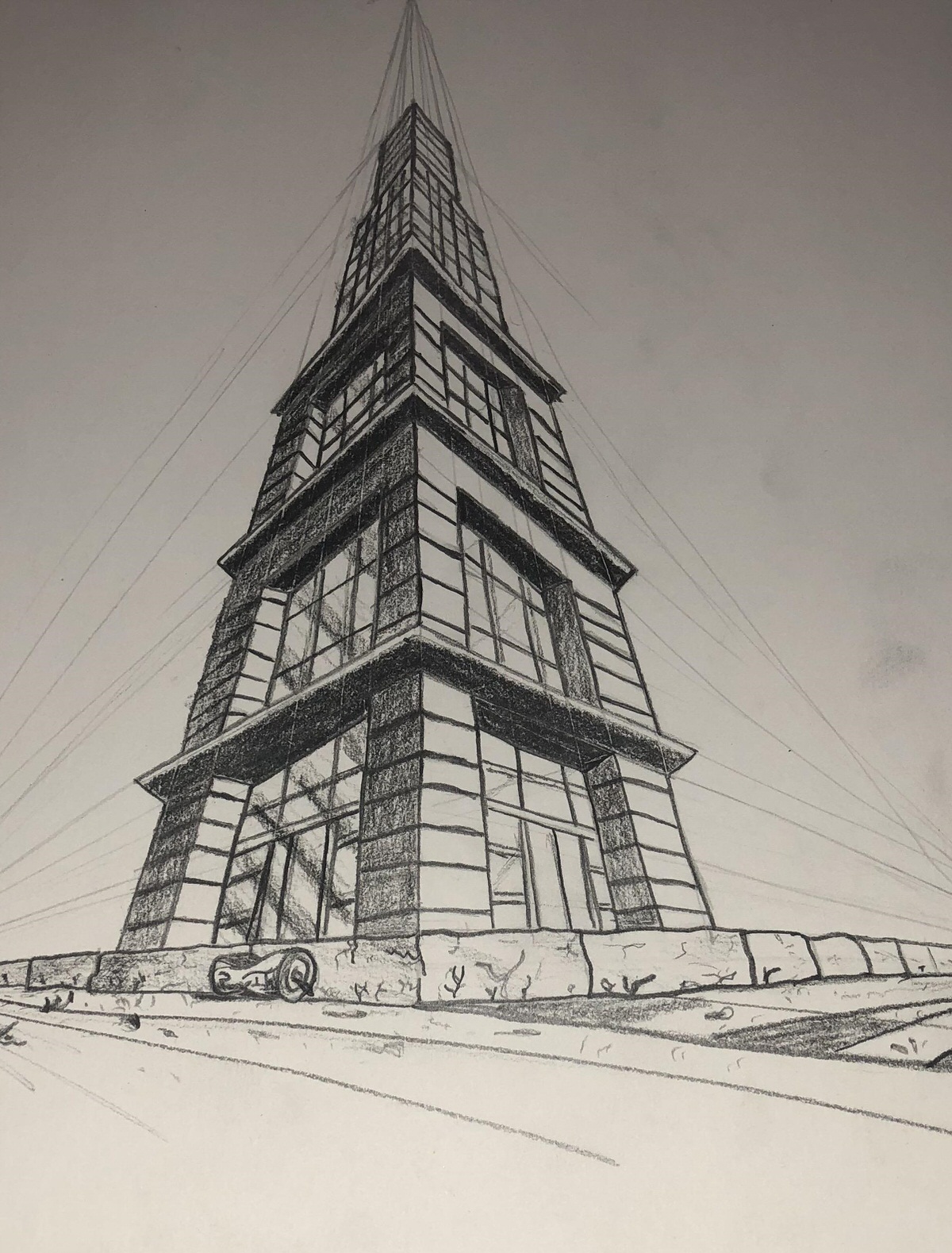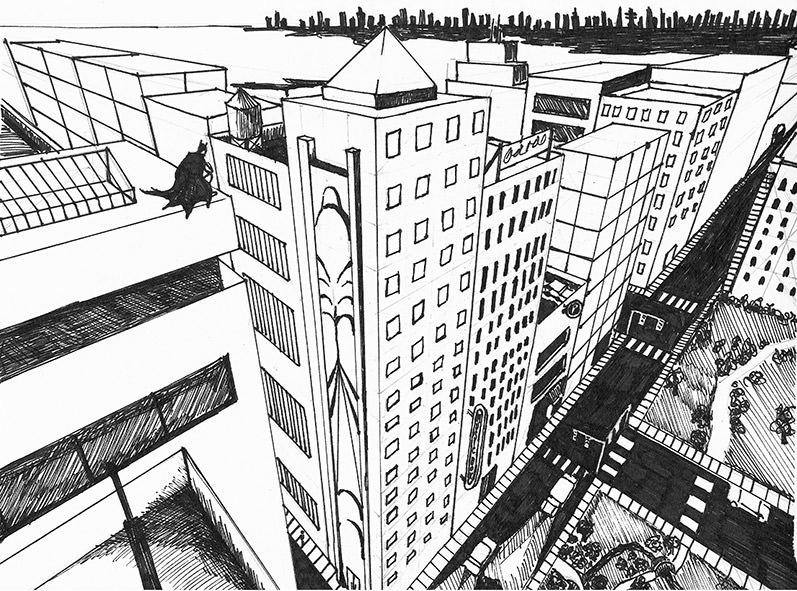Using Perspective Drawing, two-dimensional images can be translated into three-dimensional images. By definition, it represents how objects seem to get smaller and closer together as they get farther away from the viewer. It adds a sense of three-dimensionality to objects on a 2D surface. Perspectives are divided into two types: linear and atmospheric.
What is perspective?
In almost any drawing or sketch, as well as in many paintings, perspective is vital. A realistic and believable scene begins with an understanding of this fundamental. Some of the most well-known artists who used perspective include Masaccio; Johannes Vermeer; and Gustave Caillebotte, whose painting “Paris Street, Rainy Day” perfectly illustrates two-point perspective.
It refers to a method of representing space in which an object’s scale diminishes as it gets more distant from the observer. Nearer objects appear more prominent than those farther away from us. A vanishing point is a point where they meet at a horizon line (the point where the ground meets the sky).
Linear perspective
It might seem rudimentary, but the linear perspective wasn’t popularized until the Renaissance. Italian architect Filippo Brunelleschi created a linear perspective in 1413 and the method most artists use today. He first painted the outlines of Florentine buildings in a mirror and realized that when the lines were continued, they ended on the horizon. At the time, Brunelleschi’s discovery was a significant influence on artists. Several centuries later, Leon Battista Alberti wrote De Pictura, the first treatise on the linear perspective that explained how to portray distance properly in a painting using the mathematical principles first established by Euclid in ancient Greece.
One-Point Perspective
Imagine that you are looking at a straight road as an example of a single-point perspective. The composition’s elements-particularly the road-will converge at a single point on the horizon line. The only condition for a single-point perspective is that all lines lead to the solitary point. Even though it is elementary, its presence can be seen in iconic art.
Leonardo da Vinci best illustrates this in his perspectival study for The Adoration of the Magi around 1481. To identify the piece’s focal point, da Vinci went to great lengths to illustrate the meticulous attention he paid to detail.
Two-Point perspective
The one-point perspective emphasizes one vanishing point, while the two-point perspective emphasizes two. Both of these points are typically located opposite each other, for instance, on the left and right edge of the composition.
Three-Point perspective
This is a type of perspective that has three or more vanishing points, also called multi-point perspectives. This is common, especially as the subject matter becomes more complex. There is usually a vanishing point on the far left, far right, and below the other two. This gives you an overview of the subject from above. The third point would create an extreme view if placed above the two vanishing points.
Atmospheric Perspective
Mathematics and straight lines are the basis of linear perspective, whereas atmospheric perspective is based on something altogether different. The concept of depth is communicated through values, colors, and the clarity of visuals in aerial perspective. A landscape photograph is a great way to illustrate atmospheric perspective. Imagine you’re looking at a mountain range in the distance. Color and detail will be most apparent in the formations closest to you. When viewed from farther away, the mountains seem dull and bluish. Values in compositions depend on how bright things near you are and how easy they are to see. Something with high contrast (combining light and dark shades) catch the eye better than those with low contrast.
Early Pompeian style frescoes feature atmospheric perspective, which dates back to 30 BCE. Examples include the fresco from the Garden Room of the Villa of Livia in Prima Porta, Italy, and the Paris fresco on Mount Ida from the first century B.C.
Below are some stunning examples and ideas of perspective drawings.



